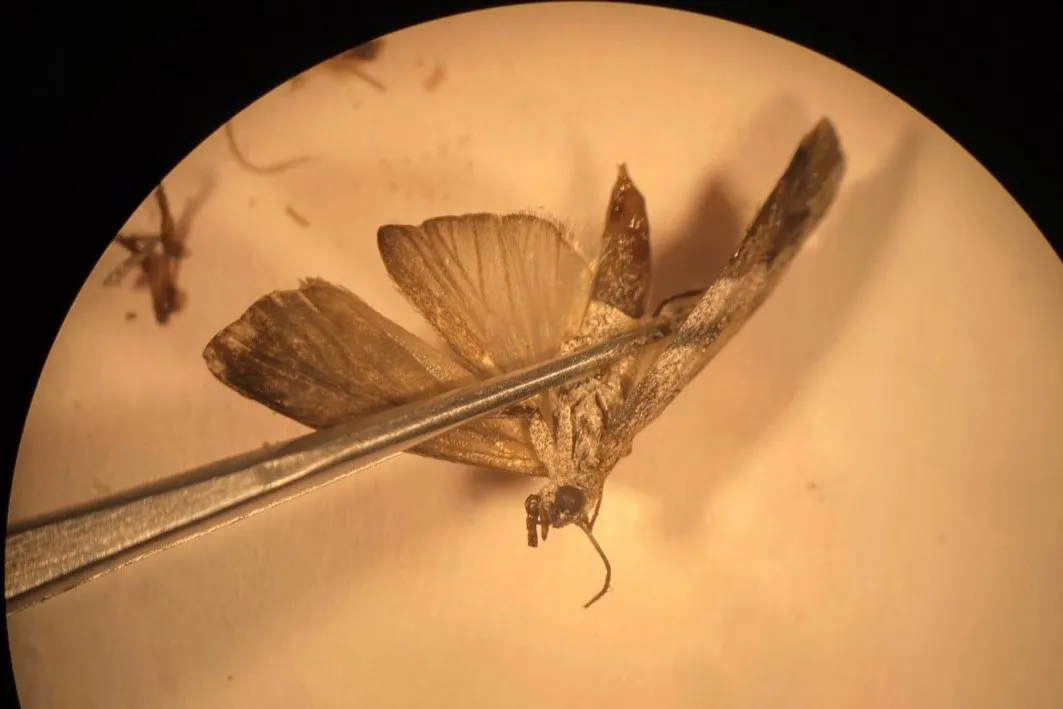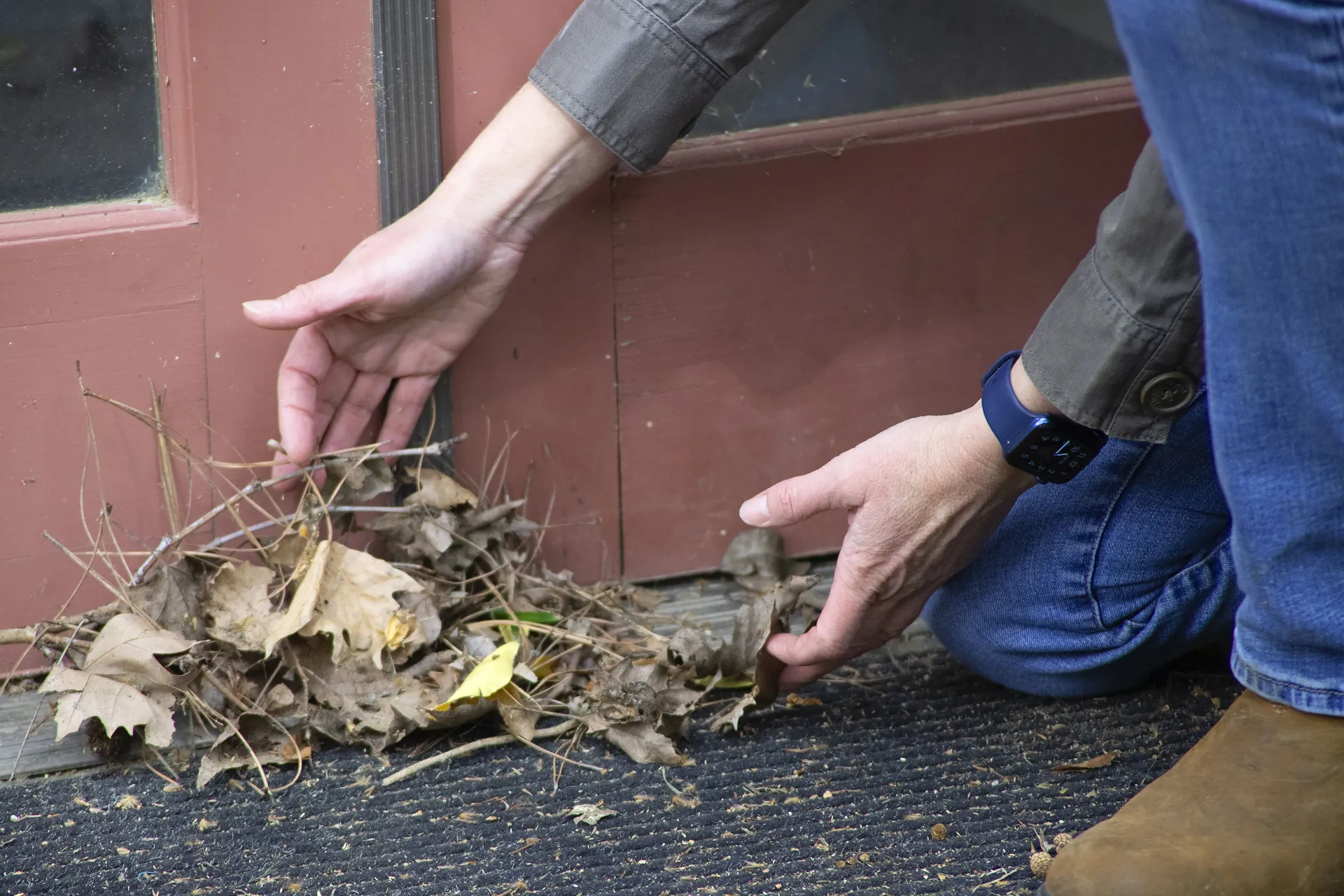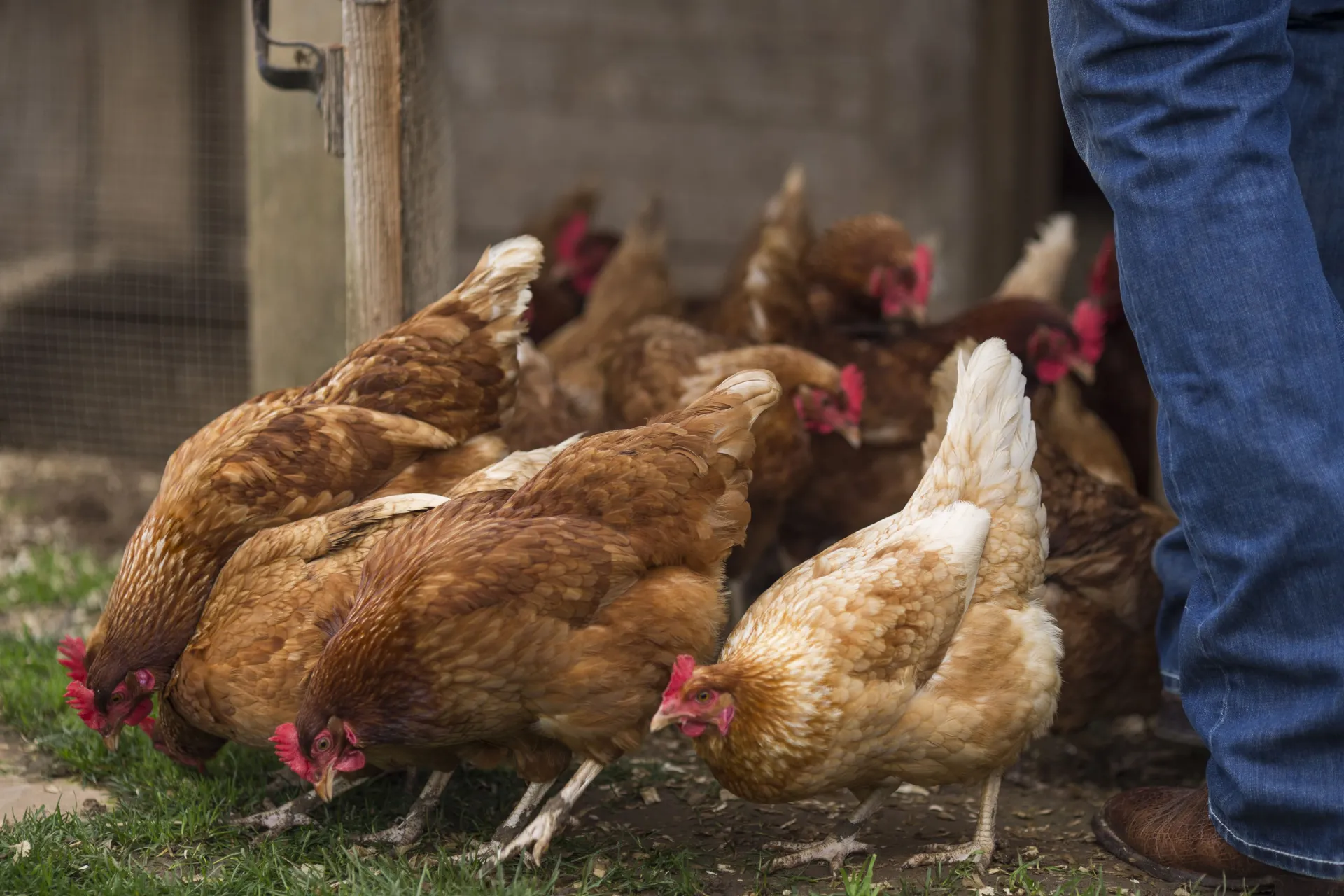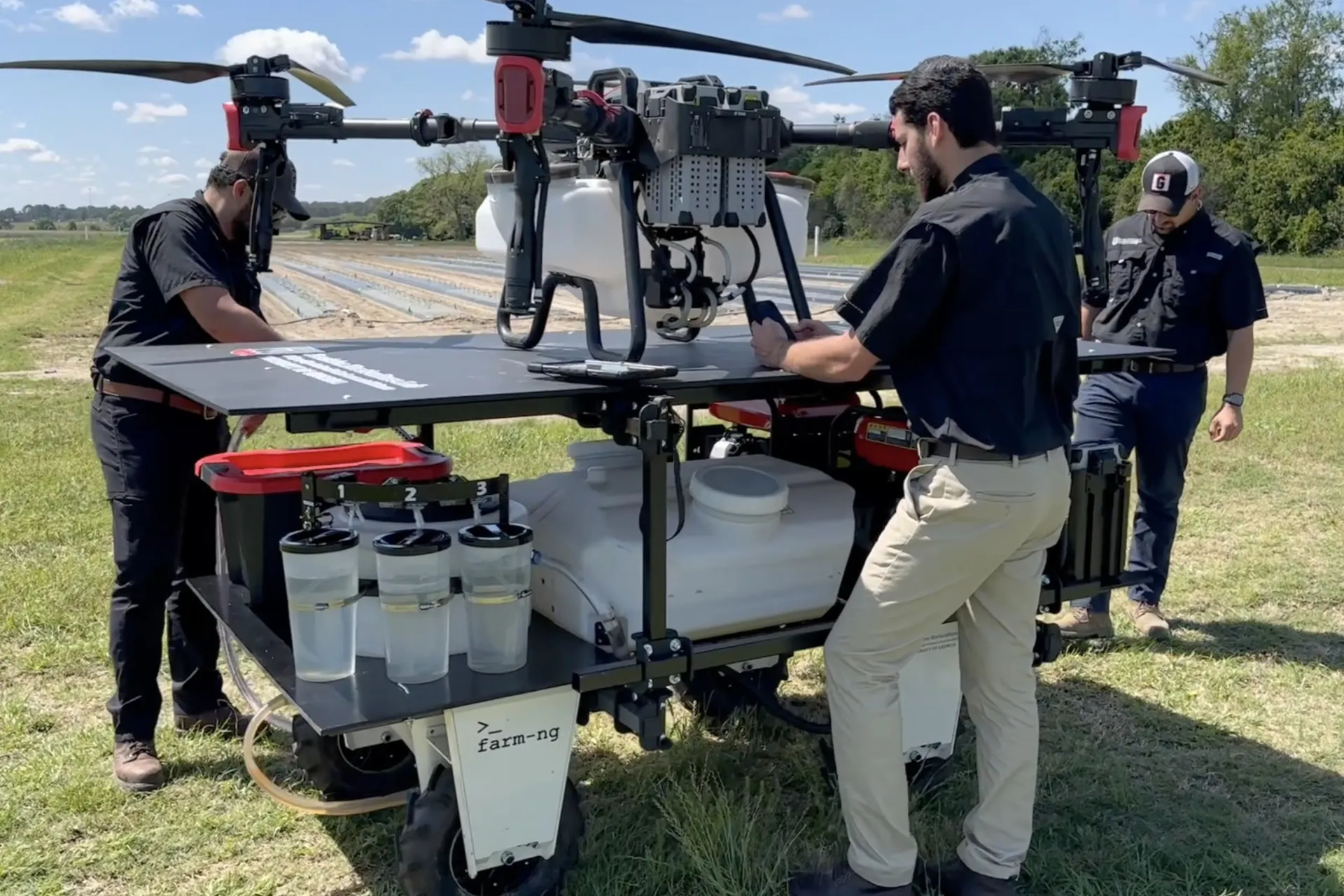Building on over 150 years of trust and collaboration through the UC Agricultural Experiment Station and Cooperative Extension, UC ANR brings the latest scientific breakthroughs to your dinner table, your home and your community.
Our foundational partner, U.S. Department of Agriculture's National Institute of Food and Agriculture (NIFA), funds many of these essential research and education projects.
In 2025, more than $8.6 million in Hatch funds were provided for the UC Agricultural Experiment Station and over $7.1 million for UC Cooperative Extension, as well as additional competitive grants.
Vital federal research funds, in combination with state and county support, have made all of this possible:
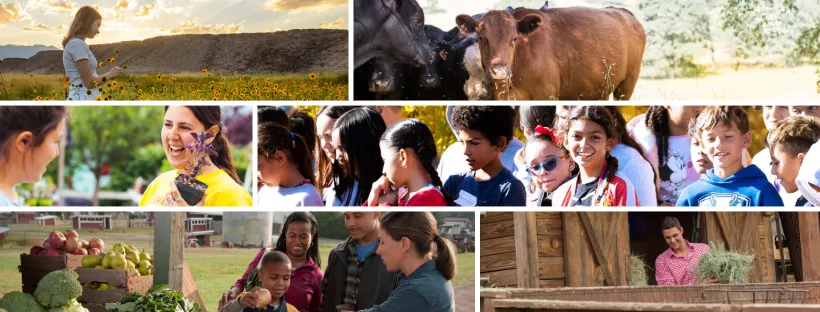
More abundant and nutritious food for American families
More prosperous and productive farms and ranches
Stronger local economies and healthier communities
A more vibrant and sustainable future for all of us
Federal support (through both capacity and competitive grants) ensures that UC ANR's leading-edge research and productive partnerships continue to benefit every community across California and beyond.
Here are just some ways that UC ANR academics are making a difference.
Speak Up for Science,
Stand Up for UC ANRFederal funds support the people and projects who are bringing you the innovations that improve lives, uplift livelihoods and protect our planet.
But those funds are at risk, and we need your voice as communities across California and the U.S. come together to stand up for science and research.
Join us, and share your story on social media with #UCANRGrowsScience.




